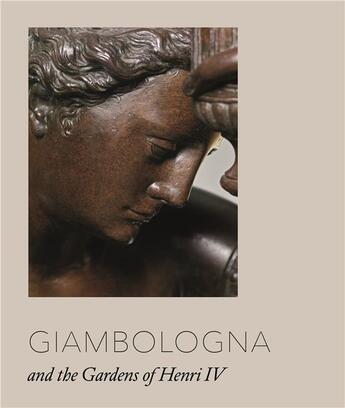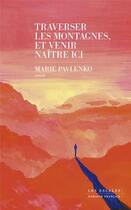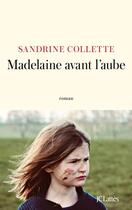-
Date de parution : 10/01/2020
-
Editeur :
Paul Holberton
-
EAN : 9781912168149
-
Série :
(-)
-
Support :
Papier
Résumé:
Recently discovered documents show that Giambologna, the great sculptor at the court of the Medici whose bronzes delighted all Europe, made six large garden sculptures for King Henri IV of France, otherwise unknown. This book describes the garden project and discusses three bronzes identified as... Voir plus
Recently discovered documents show that Giambologna, the great sculptor at the court of the Medici whose bronzes delighted all Europe, made six large garden sculptures for King Henri IV of France, otherwise unknown. This book describes the garden project and discusses three bronzes identified as from the project, in particular a hitherto unknown Venus. Ferdinando I de' Medici, Grand Duke of Florence, built up his relationship with the French crown with numerous diplomatic gifts, including the creation of new gardens at St-German-en-Laye laid out for the King of France by the engineer and designer Tommaso Francini, who had designed and built Ferdinando's own Pratolino gardens, and sculptures by Giambologna that would adorn them.
This was in the years 1597-1600, and preparatory to the marriage of his daughter Maria to Henri IV in 1600 in the most spectacular wedding celebrations ever seen in Europe. Blanca Troyols describes the nature of Henri IV's beauitiful gardens - in the latest Mannerist style, using a host of materials (stone, shell, crystal) and rare plants, the extravagant water features in which Francini was a specialist, and an array of statuary.
She places this important garden in context and also discusses the diplomatic manoeuvring between the respectively larger and poorer and smaller and richer states of France and Tuscany. Alexander Rudigier examines the surviving works by Giambologna associated with the gardens, including a hitherto unknown Venus in a private collection that has been the object of some controversy. He compares this to the Mercury in the Louvre and the Triton in the Metropolitan Museum in New York also originally for the gardens, as well as with Giambologna's work as a whole.
He shows that probably Giambologna's pupil Hans Reichle was his major assistant, and traces the career of the German founder, Gerhard Meyer, working in Florence, who signed the Venus. This leads to an important discussion of Gimabologna's late work in general. Lars Olof Larson provides a technical report on the new Venus. The distinguished bronze specialist Bertrand Jestaz provides an introduction and overview.
Donner votre avis














